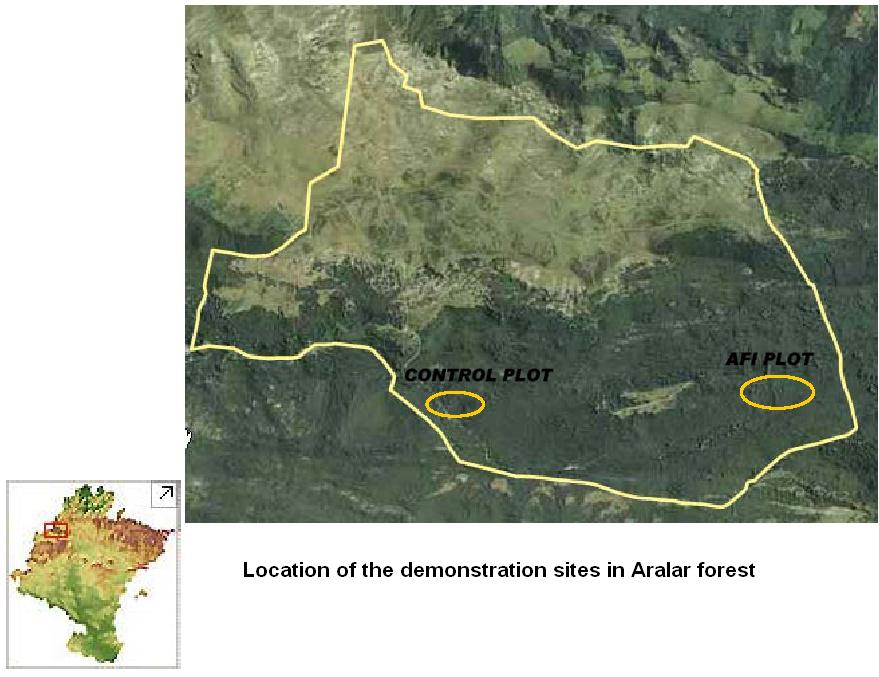DS10
Site code DS10
Location Sierra de Aralar
Region Navarra
Country Spain
Local name Sierra de Aralar
Partner GAN
Site characteristics
Orientation: NW, Slope:30.0°, Soil :CAMBISOLS, Bedrock : calcareous rocks
PH :5.0,6.5
Hydrology
basically underground network
Short History of the site
 copyrigth IEFC network
copyrigth IEFC networkThe global objective is to develop a new silviculture to slow the impacts of climatic change compatible with the production of quality wood of Beech and with sustainable cost. The main objective of these demonstration trials is to study if uneven-aged forests (new silviculture) are more resistant to multiple climate change risk (strong winds, new pest and pathogens and less availability of water) than even-aged forest, managed since 1904 (shelterword method). This demonstration site is located in Aralar forest. The forest management system and the sylvicultural treatment will be changed to get an uneven-aged forest: Forest Management System: from Periodic Block Method to Management System by Stands Silvicultural Treatment : from Shelterwood method to individualized stands method These changes are being made in a plot part of the AFI (Association Futaie Irrégulière) plots network, where the objective is to use the PROSILVA management resulting in an irregular stand. In addition to that AFI plot, a control plot is being installed in a part of Aralar where the forest cover is going to be regular at least during the next one hundred years. The main objective of these demonstration trials is to study if uneven-aged forests are more resistant to multiple climate change risk than even-aged forest. The main climate change risks for forest are: strong winds, new pest and pathogens and less availability of water. The hypothesis is that uneven-aged forests should be more resistant and resilient to those risks because: Their relation between height and diameter used to be lower in this kind of forest structure and it supposes bigger resistance to strong winds. An uneven-aged forest, with different ages and species within it, is more resistant to pest and pathogens outbreaks. These forests have a better use of ground water.
